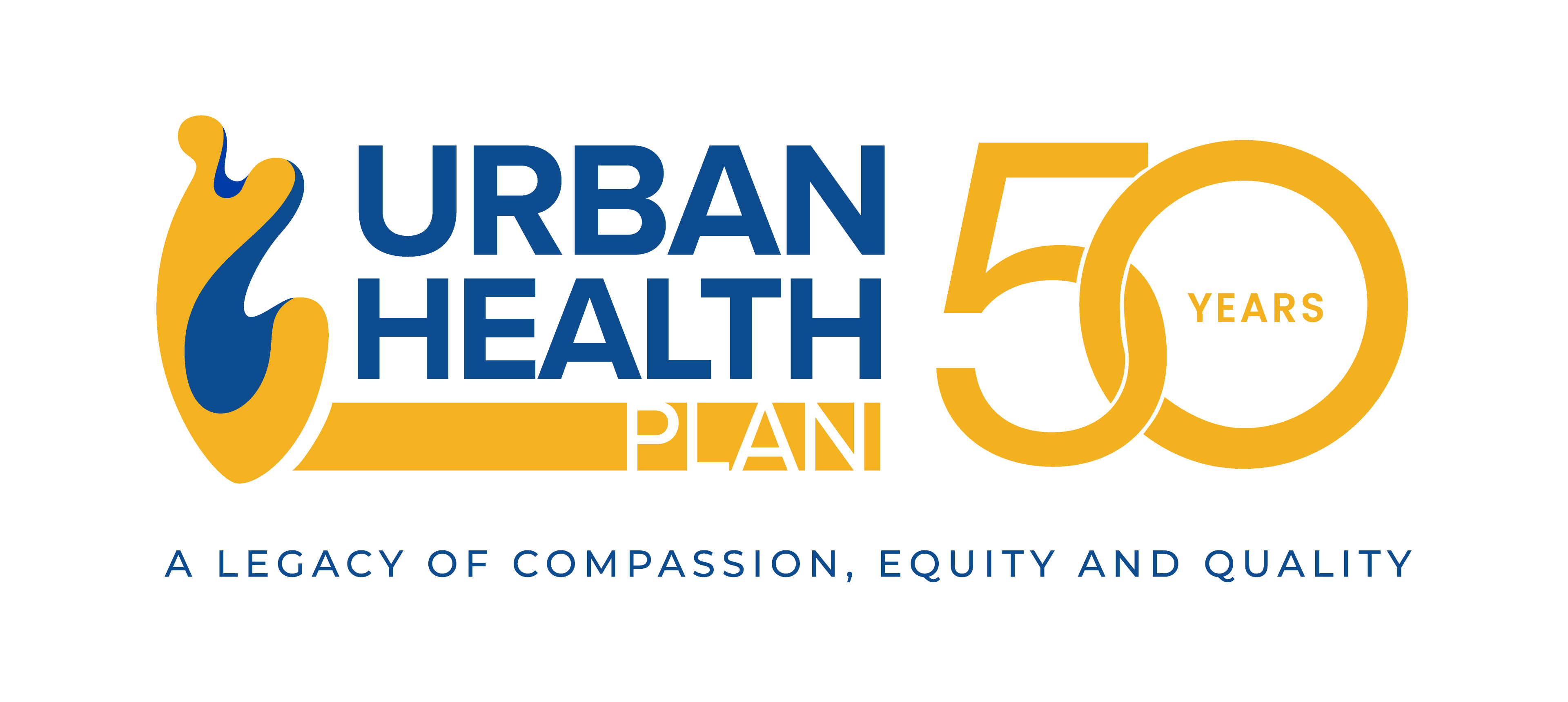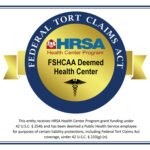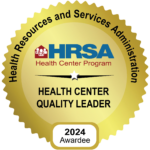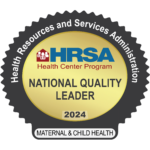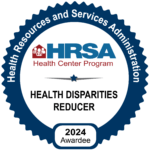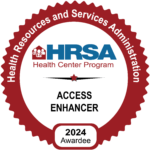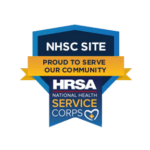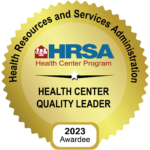National Latino AIDS Awareness Day (NLAAD) is recognized annually on October 15. Since 2003, it occurs on the last day of Hispanic Heritage Month and the focus has been on increasing awareness of the impact of HIV and promoting prevention, education and treatment in Latinx communities.
Latinx populations are heavily impacted by HIV and the incident rates are increasing while they are decreasing for the general population. For example, for the 37,968 new HIV diagnoses in 2018, 27 % were among Hispanics/Latinos; and presently, one in five people living with HIV in the U.S. are Latino.
Remarkably, Latino gay and bisexual men have a 1/5 lifetime risk of acquiring HIV, Latino heterosexual men, 1/14 and in Latina women, 1/227 lifetime risk. These statistics show the urgency of addressing the Latinx populations. We are compelled to to get the word out and promote ending the pandemic.
The major mode of transmission of HIV in Latino men was male-male sexual contact and in Latina women, male to female sexual contact. And, there are a numerous reasons why HIV has disproportionately affected Latinos. Stigma, homophobia, social and economic barriers, high prevalence rates of sexually transmitted infections and cultural factors are the the main reasons. They affect access to HIV testing, use of pre-exposure prophylaxis (PrEP), like Truvada, education and treatment. Moreover, once diagnosed with HIV the Latinx patient faces additional barriers including language, cultural and adherence to treatment, to name a few.
Therefore, on NLAAD, it is our charge to get the message to all Latinx communities throughout the U.S., Puerto Rico and territories about the need to address the pandemic which is now on its 40th year! Culturally appropriate and effective education, expanding prevention measures and providing supportive treatment-specific care for Latinos is the remedy needed to end the pandemic.
Richard Torres, MD, MPH
Associate Medical Director for Community and Public Health
Urban Health Plan
